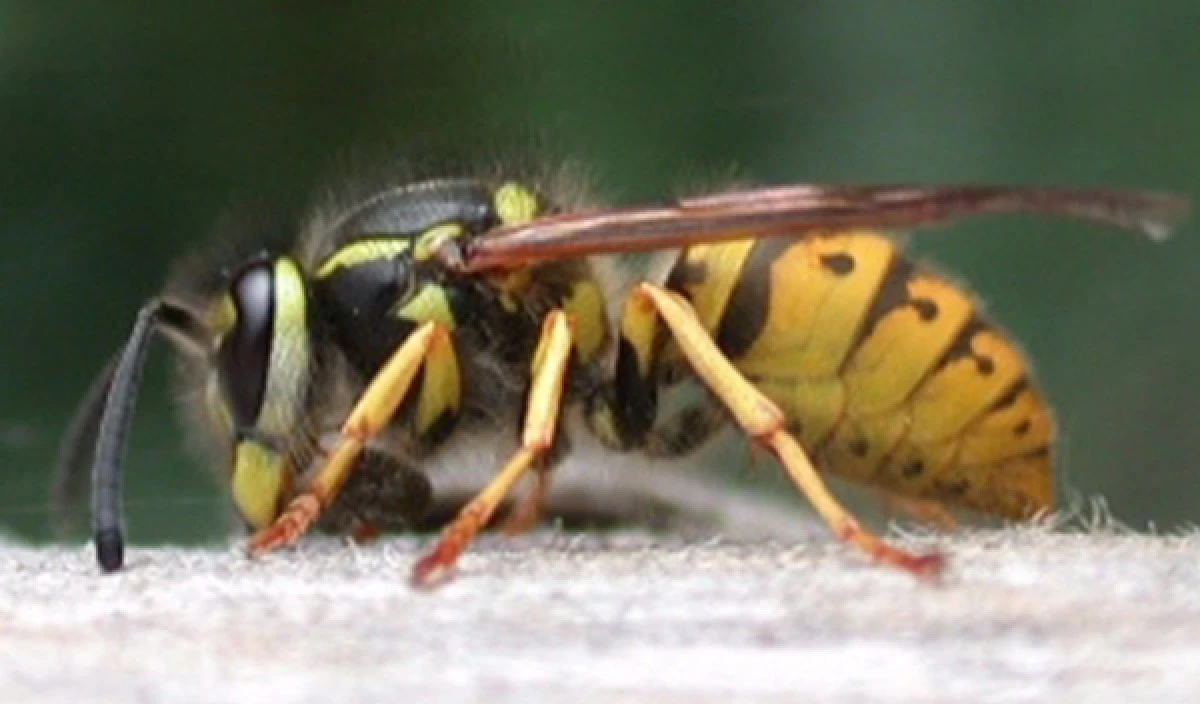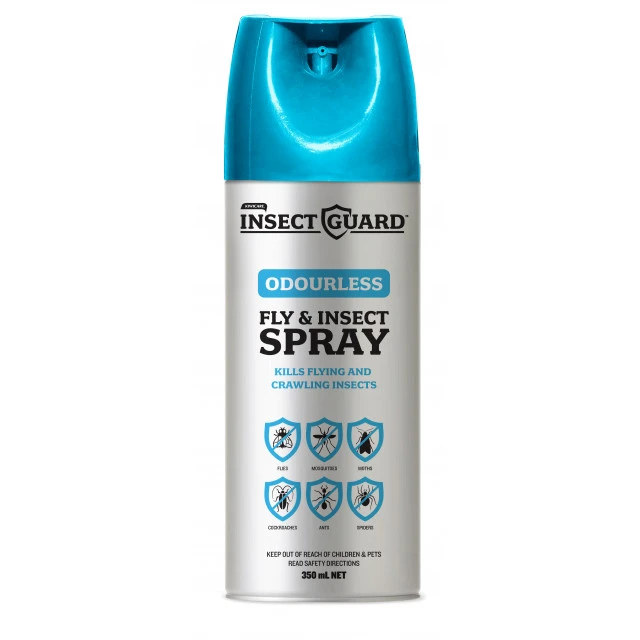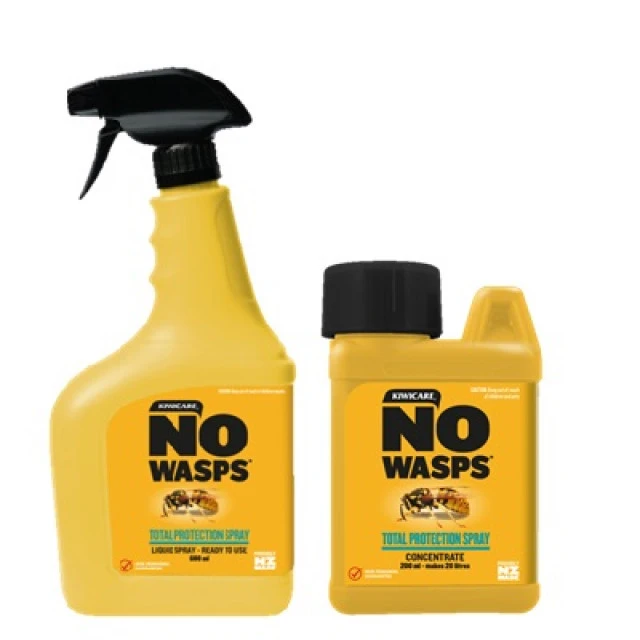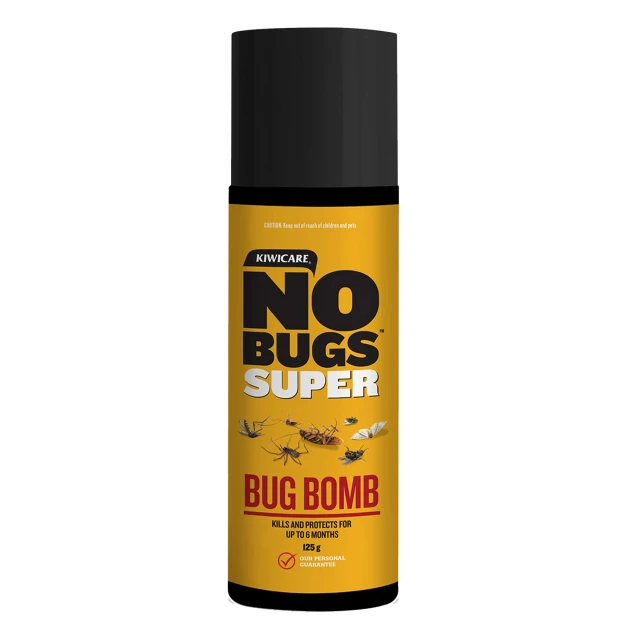Solve problems in and around your home.
Start Problem Solver

Pest wasps are the introduced social wasps, the German Wasp, Common Wasp and Asian and Australian Paper wasps. Wasp nests can contain several thousand wasps each with a sting.
Pest wasps: German, common and the paper wasps, can be distinguished from bees by their shiny hairless bodies and distinct black and yellow stripes. Honey bees have much less distinct stripes of browns. Bumble bees are much larger, are rounded and have furry bodies.
The Asian Paper wasp forms much smaller colonies than the common or German and the nest will have only a few tens of cells in an open type nest.
See here for advice on finding wasp nests.
Note:
Wasps and bees have a painful sting, to which some individuals are more susceptible than others; on rare occasions a sting can cause anaphylactic shock. For those not allergic to wasp or bee stings a sting on the throat or mouth can still be dangerous if the swelling blocks airways. On such occasions seek immediate medical advice immediately. Wasps or bees should not be tackled without a sound knowledge of the risks.
Bees are generally beneficial insects producing honey and pollinating our crops and flowers. However, occasionally a swarm will set up home in an inappropriate place such as the eaves of your house. In this case we strongly recommend that you contact a local beekeeper (see the Apiculture NZ swarm collection list) who may try and collect the colony to use for honey production. Only if this is not possible should the colony be destroyed.
If bees have been present for months or years at the nest site, there is likely to be a honey store in the nest. Once the colony has been destroyed this honey must be removed or it will attract new swarms of bees or wasps.
Wasp Nests
Note
Caution

Provides continuous protection from annoying pest insects by repelling them, disorienting them, rapidly knocking…

Spray to quickly and effectively control wasp numbers.

A long–lasting bug bomb that drives bugs out and kills any bugs that come into contact.